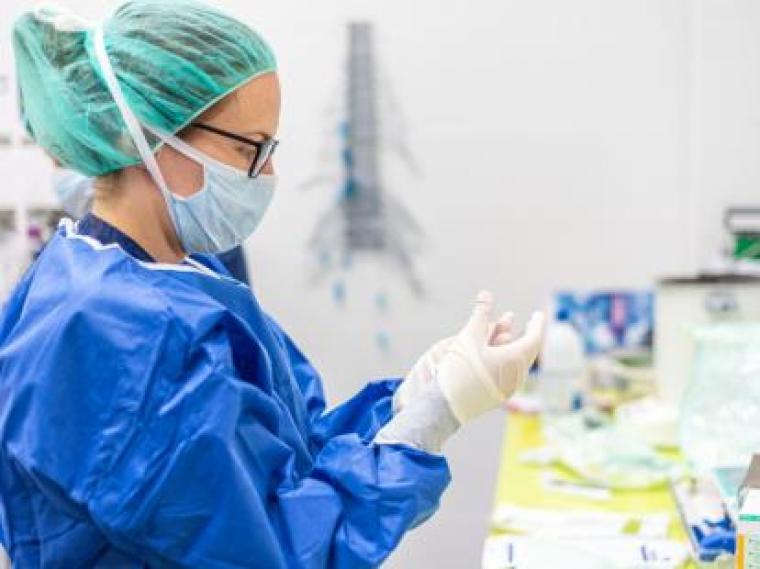Women in science

we have arrived! Was the phrase full of emotion and joy, with which aeronautical engineer Diana Trujillo, in a NASA dispatch, confirmed the landing of the Perseverance Exploration Mission? The Colombian is part of the team of scientists who assembled the robot investigating the existence of life on Mars.
Filled with pride, this woman found in engineering the way to fulfill her dreams and lead a lavish life of commitment to science, innovation and technological developments. Like Diana, women were making their way into the scientific world, even in the midst of historical obstacles that prevented them from studying and job opportunities.
Although there were exceptional cases such as Lucía de Medrano, who entered the University of Salamanca, Spain in 1508, with the permission of the Queen; Or Elena Cornaro, who obtained a doctorate, in 1678, from the University of Padua (Italy), among other things, it was only between 1850 and 1890 that the right of women to enroll in universities began to be recognized, the first of which were the institutions of Paris and Zurich. Elisa Zamfirescu was the world’s first female engineer who graduated in Berlin in 1912. In Colombia, Rebecca Uribe was a pioneer in engineering and graduated in 1945.
Although women in recent decades have excelled in the scientific field, they previously had access restrictions and prohibitions due to irrational norms and existing social objections. On the occasion of the International Day of Girls and Women in Science, on February 11th, the Directors of UNESCO and UN Women expressed, in a joint message, that “gender stereotypes and inequality based on gender continue to prevent many girls and women from undertaking and remaining in scientific careers.”
According to UNESCO, only 33% of researchers in the world are women, despite the fact that they account for 45% and 55% of undergraduate and master’s students, respectively, and 44% of PhD students. Of a total of 602 Nobel Prize winners in the sciences, only 23 women received this high recognition. The first was Marie Curie, who got one in Physics (1903) and the other one in Chemistry (1911). In 2020, three scientists are awarded the Nobel Prize in Chemistry and Physics.
Taking advantage of the fact that today in Colombia there is a Ministry of Science, Technology and Innovation, led by a woman, scientist Maple Torres, it is necessary to multiply initiatives to promote the interest of women, from childhood, in the sciences, and to promote the necessary equality in the academic and scientific fields. Their multiple vision, talents and capabilities are essential to developing and enhancing knowledge, thus contributing to reducing the inequality and exclusion in which they still live today. As much as the scientific world appreciates it, it will continue to be established and science will have better possibilities to serve society.

“Future teen idol. Hardcore twitter trailblazer. Infuriatingly humble travel evangelist.”




:quality(85)/cloudfront-us-east-1.images.arcpublishing.com/infobae/BNGH73UCKQAZSQPCODUWO2BE5Y.jpg)





